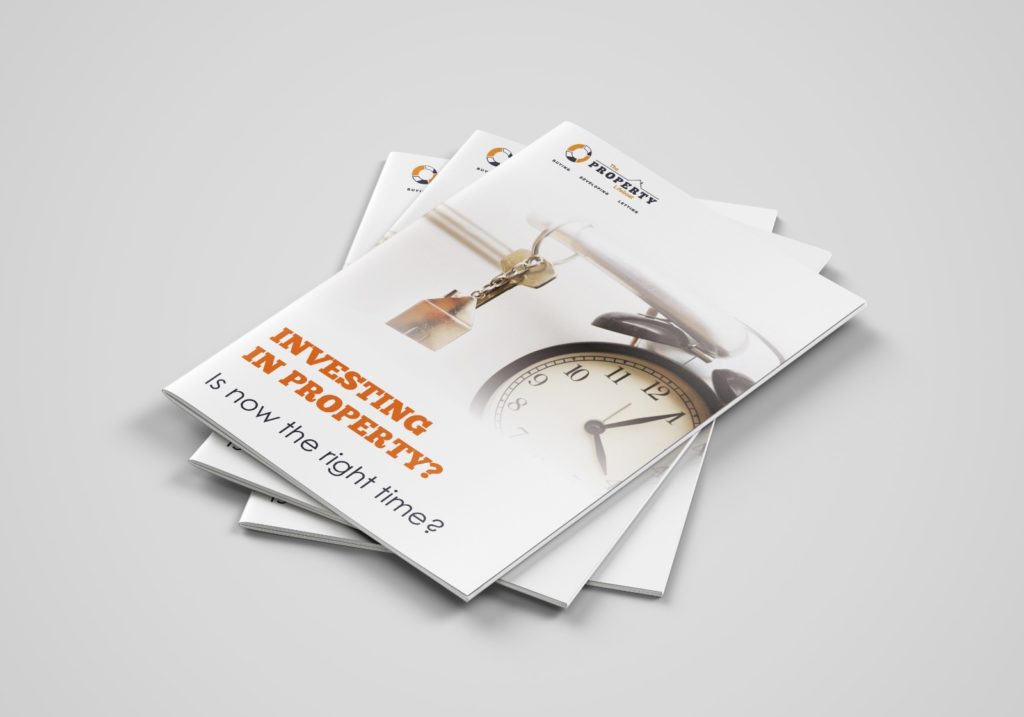As an investor (of any kind) it is always difficult – and sometimes a poor strategy – to try to ‘time the market’. That said, there are always good times and bad times to invest in any asset. Experienced investors will always try to look for market opportunities. With many asset classes, these opportunities tend to come when there is a market downturn. This approach to investing is often referred to as ‘contrarian’; going against the grain, or the way the market is acting.
This article should not in any way be taken as investment advice but there are five key indicators in the current property market which could – and we stress could – be taken as strong signs for a contrarian investor that 2023 is the time to buy. As always, as an investor you must make sure you take professional advice and do your own due diligence.
So, what are these five signals:
1. There’s a major shortage of rental properties
Rents have been rising over the past couple of years, for the simple reason that there is a considerable amount of demand from tenants and simply not enough available accommodation. Much of this increase has also been down to rents having been held at low levels for some time. However, competition for new lets has definitely pushed prices up. Scarcity and an upward yield trend in any market is a good investment signal.
2. A slowing market can create opportunities to pick up a bargain
Some buyers get nervous when property price growth slows, especially with media news that there may be a ‘crash’ on the way. But from a property investor’s perspective, this can enable you to buy a property from a seller at less than the ‘true’ market value to achieve a speedy sale. To quote a well-known phrase from probably the most successful investor of all time, Warren Buffet: ‘Be fearful when others are being greedy and be greedy when others are fearful’. Now may be the time to become greedy.
3. Landlords exiting the market offer opportunities to buy with ‘instant cash flow.’
While some landlords are selling up because of the legislative and tax changes that have affected buy-to-let over recent years, others have reached the end of their investment strategy and had always planned to sell around now and are selling into the ‘top’ of a natural price rise cycle.
Buying a property that’s up to scratch from a legal letting perspective with sitting tenants means you don’t have to invest any additional capital straight away and could get rental profit from the first month of ownership. This is particularly true for established landlords, who already have well proven systems and can easily absorb these properties into their established businesses.
4. Energy-efficient homes can attract the best-paying tenants.
Not every ‘opportunity’ is actually an opportunity though, so as an investor you always need to separate the wheat from the chaff. This is likely to be the same for property.
With a government target of net-zero carbon emissions by 2050 and a focus on slowing climate change – especially among the younger generation – properties that are cheaper to heat and kinder on the environment are particularly appealing to tenants.
So, if you can buy a new build with the latest ecosystems and fittings installed or a property you can renovate to incorporate low-carbon heating and other ‘green’ features, you’re likely to attract the best-paying tenants. You may even be able to get funding to help with the cost of improvements.
5. You can get ahead of upcoming legislation.
The Government finally published its long-awaited White Paper last June – which includes proposals for new tenancies to have a minimum ‘C’ EPC rating in the next couple of years – we can expect regulation of the private rented sector to tighten.
This is not necessarily a bad thing: an economically efficient rental property will be a premium product which should – in theory – demand a premium price. Knowing about potential upcoming changes gives you a chance to buy something now that is already compliant – or near compliant – with those proposals. Alternatively, it will enable you to carry out any necessary works before you bring the property to the lettings market.
In other words, go in with your eyes fully open and factor in the necessary renovation or improvement costs into your purchase price.

If you are contemplating adding to your portfolio or you are a complete beginner in property investing, why not download our free Ebook
INVESTING IN PROPERTY?
Is now the right time?


